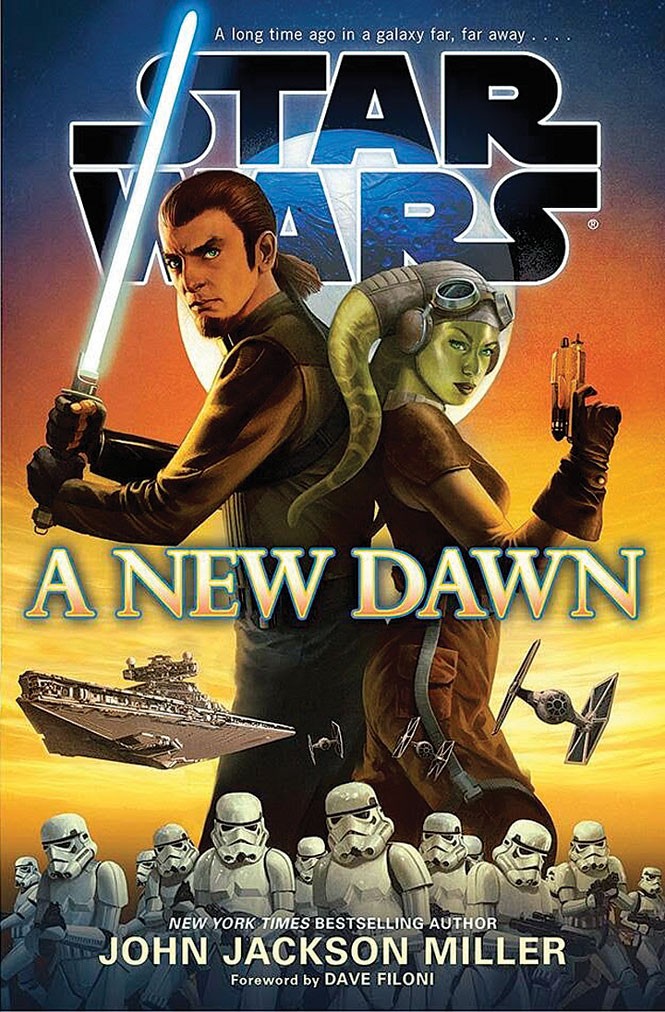
If a thing exists, you can be sure that there will be a group of people who will turn their nose up at it. And in the world of geekdom, you can find plenty of noses turned skyward when it comes to licensed tie-in fiction.
These are the books with narratives based on movies, television shows, video games, role-playing games and comics. Sometimes, these tie-ins are simply straight adaptations of the source material; other times, they expand on the existing universes in new ways. Star Wars and Star Trek tend to be the first thing people think about when they think tie-in fiction, but just about everything you can think of has had its share: Alien, Robotech, Batman, BattleTech, Dungeons & Dragons, Shadowrun, Pacific Rim, Warcraft and many, many more.
Some people look at the content contained in these universes as somehow inferior to traditional modes of fiction. There's an unspoken rule that a book set in another universe must be less of a book than one set in ours. Though courses are taught about Tolkien's work, it's still slightly looked down upon. And compared to media tie-in fiction, Tolkien is raised on a pedestal.
Even I've fallen victim to this bias. Sci-fi books by Philip K. Dick and Robert Heinlein? High art. Star Wars books? Maybe I shouldn't read them in public. But what makes the Star Wars universe, or the Star Trek universe, or Warcraft, any less valid as a milieu for fiction than Earth, middle or otherwise?
At their heart, stories are about people, and if they're written well—and, admittedly, some of these tie-in books are not—they can illuminate truths about our lives and awaken us to new experiences and empathy. That's what good fiction of any stripe does. So what makes the hero's journey of Frodo Baggins any easier to swallow for the literati than the hero's journey of a character who originated in a film?
We're living in a world where people are barely reading as it is. According to a 1978 Gallup Poll, only 8 percent of Americans said they hadn't read a book in the past year. A poll conducted by Pew Research this year asked that same question and found that 23 percent of Americans hadn't read a book in the past year. That's alarming. I don't like living in a world where people aren't reading books at all—not just because I'm a writer and I want to convince people to read my books, but because I think we're better people when we read about the lives and thoughts of others, especially those unlike ourselves.
If it came down to someone reading about the further adventures of Doctor Who versus not reading at all, I'd pick Doctor Who any day of the week. What I don't understand is why literary snobs don't advocate for more tie-in fiction, and more respect for it. I've known people who use tie-in fiction as a gateway to more serious reading. Timothy Zhan's Star Wars books and Marvel's Civil War adaptations are a perfect stepping stone to The Lord of the Rings. And that's one step closer to something truly literary like Michael Chabon's Pulitzer Prize-winning The Amazing Adventures of Kavalier & Clay.
Maybe that's what each of us needs to learn, whether we're a comic book nerd or a literary snob: Use whatever you can to share your passion. It's OK to like reading about the worlds you like, but it's OK to read new stuff, too. Find ways to blend the two, and don't look down on someone for reading something you wouldn't enjoy. And just because it's a tie-in book someone is reading, that doesn't mean they deserve to be shamed.
Save that animosity for people reading books written by Glenn Beck and Sean Hannity.
Bryan Young is the editor-in-chief of BigShinyRobot.com